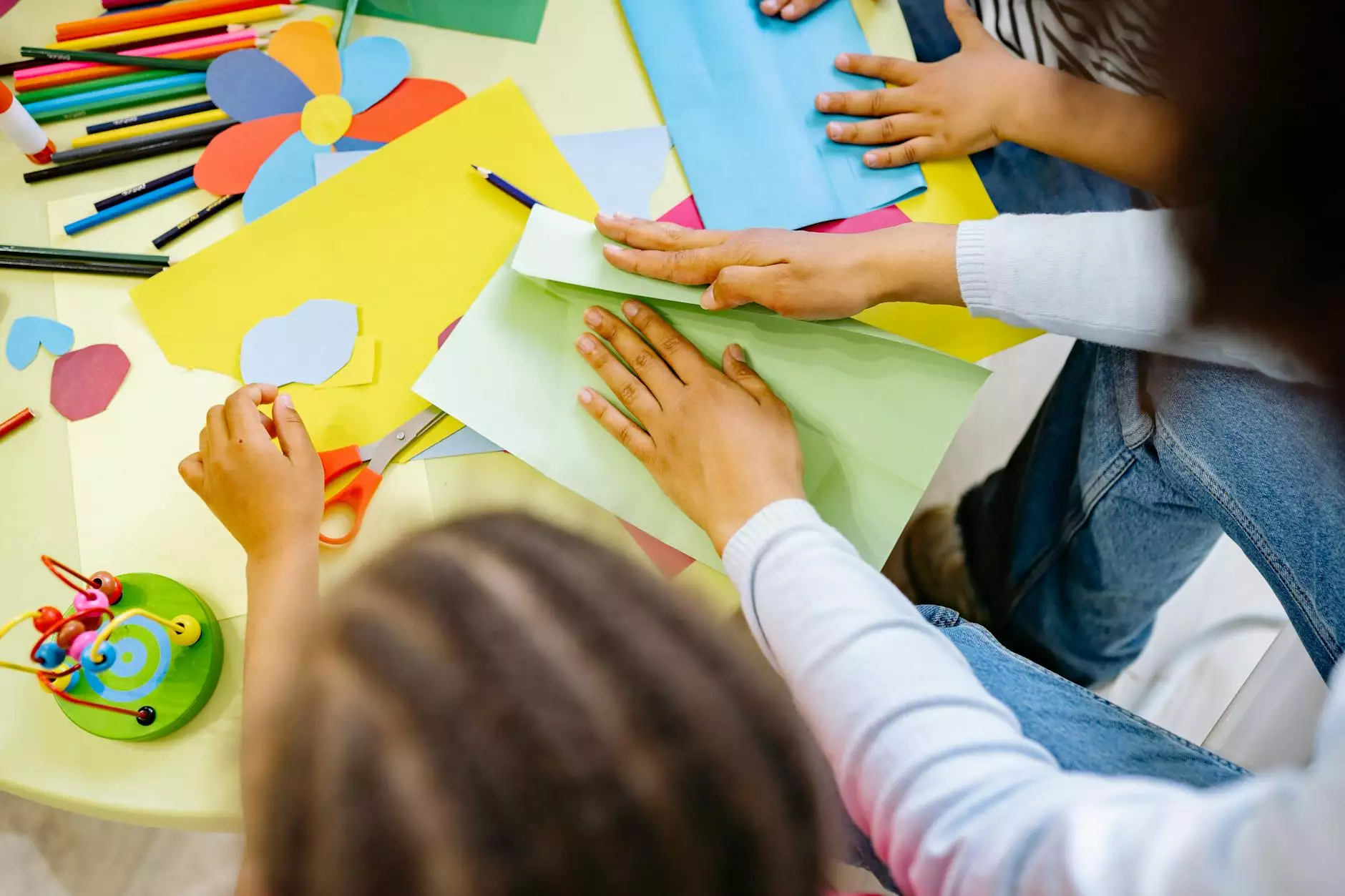Easter Egg Tracing!

Introduction to Easter Egg Tracing
Welcome to The Knowledge Nest's blog post about Easter egg tracing! In this comprehensive guide, we will explore the art of Easter egg decoration through the technique of tracing. Whether you are a seasoned artist or just starting out, this guide will provide you with all the information you need to create stunning Easter egg designs. Join our community and discover the joy of Easter egg tracing!
Why Choose Easter Egg Tracing?
Easter egg tracing is a popular technique that allows you to create intricate designs on eggs with ease. Tracing not only ensures accurate and symmetrical patterns but also allows for endless creative possibilities. With the right tools and guidance, you can transform plain eggs into stunning works of art that will impress your friends and family.
Getting Started with Easter Egg Tracing
Before you begin your Easter egg tracing journey, gather the necessary materials. You will need hard-boiled eggs, a pencil, tracing paper, a fine-tip pen or marker, and any additional decorative supplies you wish to use, such as colored markers, glitter, or stickers.
Once you have everything ready, come up with a design idea for your egg. You can find inspiration online or create your own unique pattern. Remember to keep in mind the size and shape of the egg while designing, as it can affect the final result.
Tracing Techniques
1. Basic Tracing
The basic tracing technique involves transferring a design onto the egg using tracing paper. Place the tracing paper over your chosen design, secure it with tape, and then trace the design onto the paper using a pencil or pen. Once the design is traced, carefully remove the paper and transfer the pattern onto the egg by retracing it with a fine-tip pen or marker. Voila! Your design is now on the egg.
2. Reverse Tracing
Reverse tracing is perfect for creating mirrored designs on eggs. Start by drawing your design on tracing paper, making sure to create a reversed version of the desired pattern. Once you have the design ready, place the tracing paper on the egg, aligning it properly. Secure the paper with tape, and trace the design onto the egg using a pencil or pen. Finally, go over the traced lines with a fine-tip pen or marker to complete the design.
3. Multi-Layered Tracing
For those looking to add depth and complexity to their egg designs, multi-layered tracing is a great option. Begin by tracing the base layer design onto the egg using the basic or reverse tracing technique. Once the base layer is complete, overlay additional tracing paper with different designs and repeat the tracing process. By layering multiple designs, you can create intricate and visually stunning patterns on your eggs.
Tips and Tricks for Easter Egg Tracing
- Use a sharp pencil or fine-tip pen for accurate tracing. - Experiment with different colors and decorative materials to add your unique touch. - Practice on paper or spare eggs before working on your final design. - Take breaks if needed, as tracing can be time-consuming and require concentration. - Showcase your finished eggs by carefully displaying them or gifting them to loved ones.
Join the Easter Egg Tracing Community
At The Knowledge Nest, we believe in the power of shared creativity. Join our community of Easter egg tracing enthusiasts and connect with like-minded individuals. Share your designs, learn new techniques, and find inspiration for your next creative project. Together, we can celebrate the joy and beauty of Easter egg decoration!
Conclusion
Easter egg tracing is an art form that offers endless possibilities for creative expression. Whether you are a beginner or an experienced artist, anyone can enjoy the process of tracing intricate designs on eggs. Remember to have fun, experiment, and embrace your creativity. Start your Easter egg tracing journey today and let your imagination soar!










